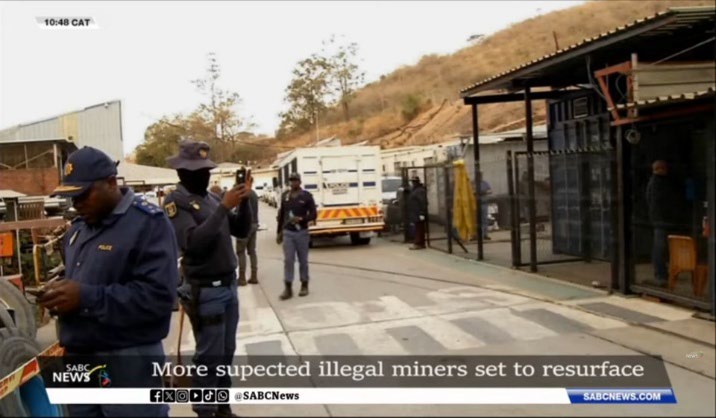Source:
SABC News, August 6, 2025
South African police announced that at least 550 suspected illegal miners, known locally as zama zamas, have been arrested in a sustained security operation targeting the Barberton gold mining region in Mpumalanga. Of those detained, 24 individuals appeared in court the same day to face charges related to illegal mining, trespassing, and possession of unlicensed mining equipment. Authorities have described the operation as a high-visibility enforcement effort, combining ground patrols, specialized mine rescue teams, and aerial surveillance to secure active and abandoned shafts.
The Barberton area, which includes historically productive sites like Sheba and Fairview, has long struggled with zama zama activity. These miners, often working in unsafe and unregulated conditions, are sometimes linked to organized criminal groups that control access to shafts, demand “protection fees” from workers, and smuggle gold through illicit channels. The large number of arrests highlights both the scale of the problem and the growing pressure on law enforcement to disrupt illegal operations that threaten not only mine profitability but also worker safety and community security.
This crackdown matters because it reflects the complex relationship between enforcement, community livelihoods, and the social license to operate in mining regions. While removing illegal miners may improve immediate site security, sustainable stability will require parallel measures—such as creating alternative employment, strengthening local governance, and building community trust in formal mining ventures. Without addressing the root socio-economic drivers that push individuals into zama zama activities, such operations risk becoming cyclical, with the underlying tensions between mining companies, communities, and the state remaining unresolved.

